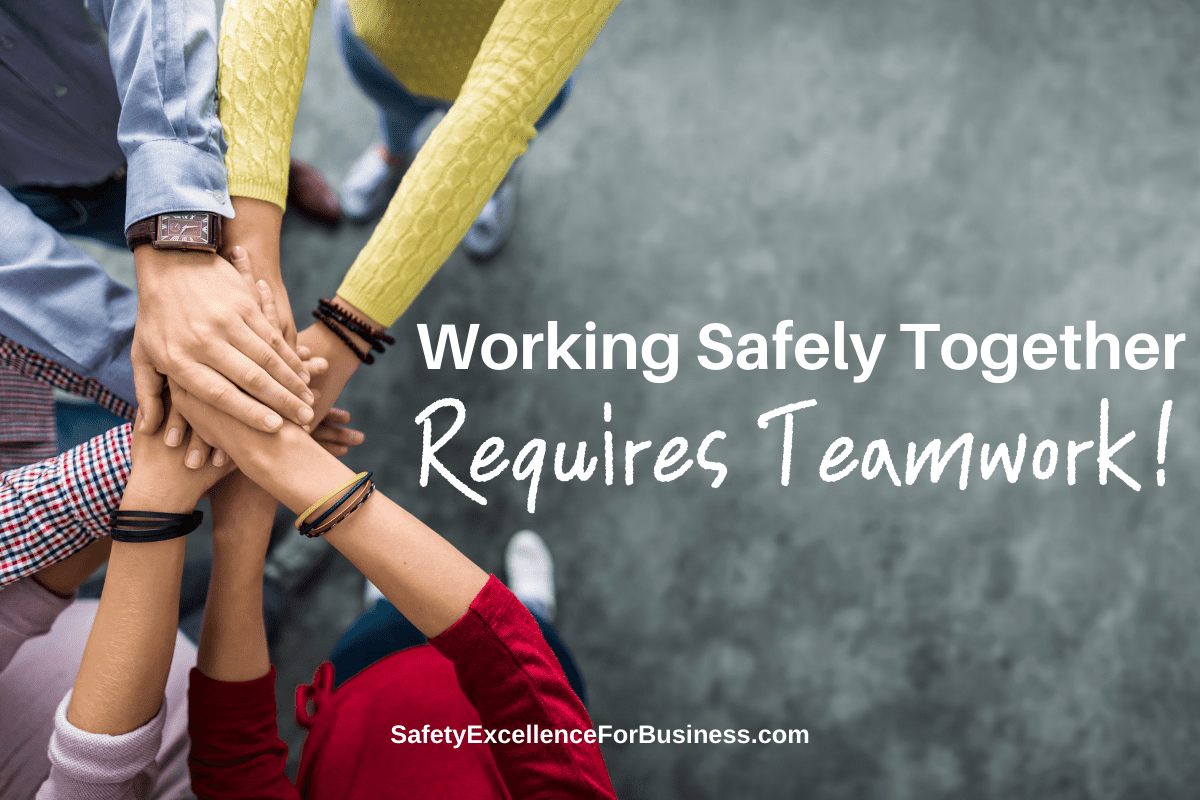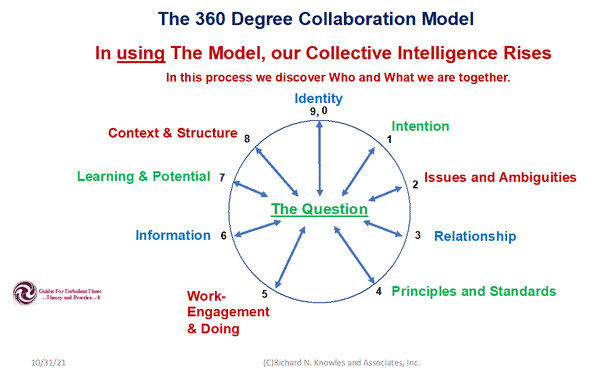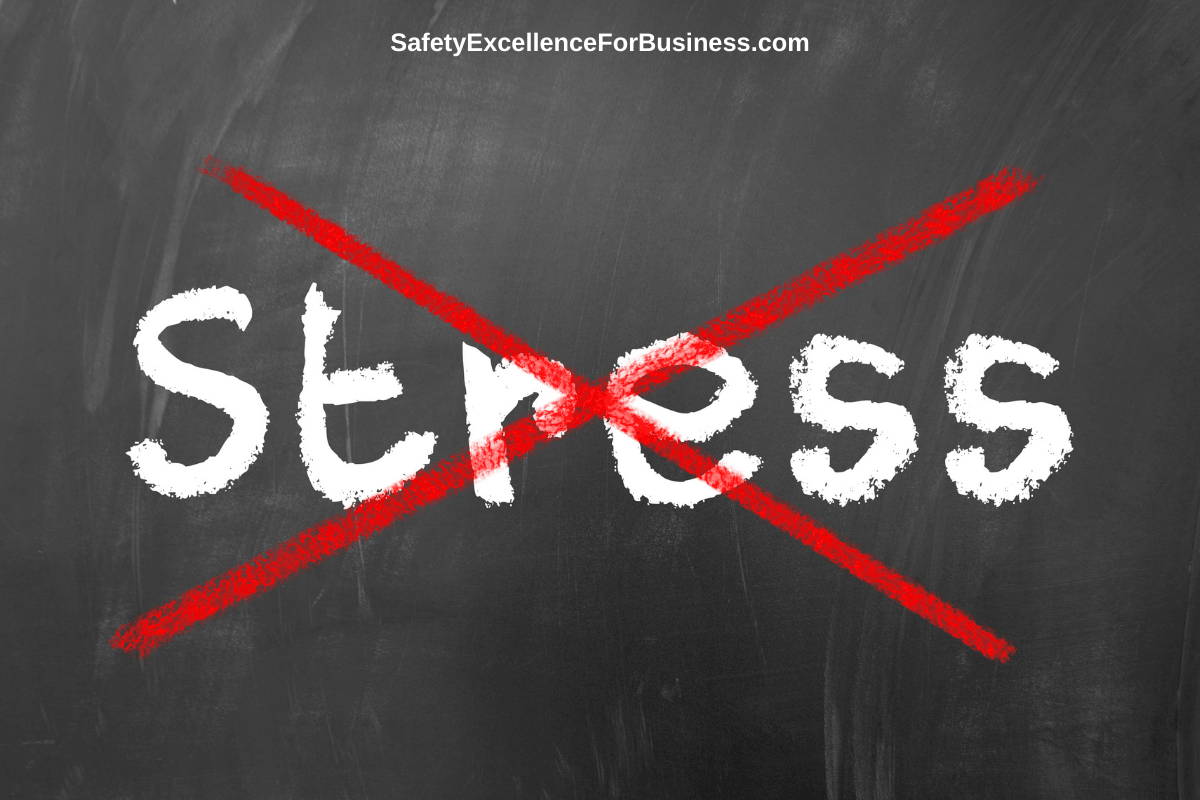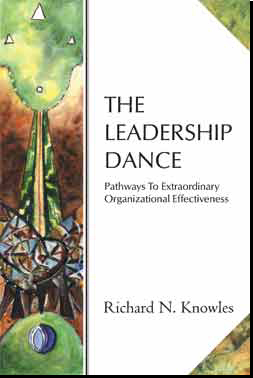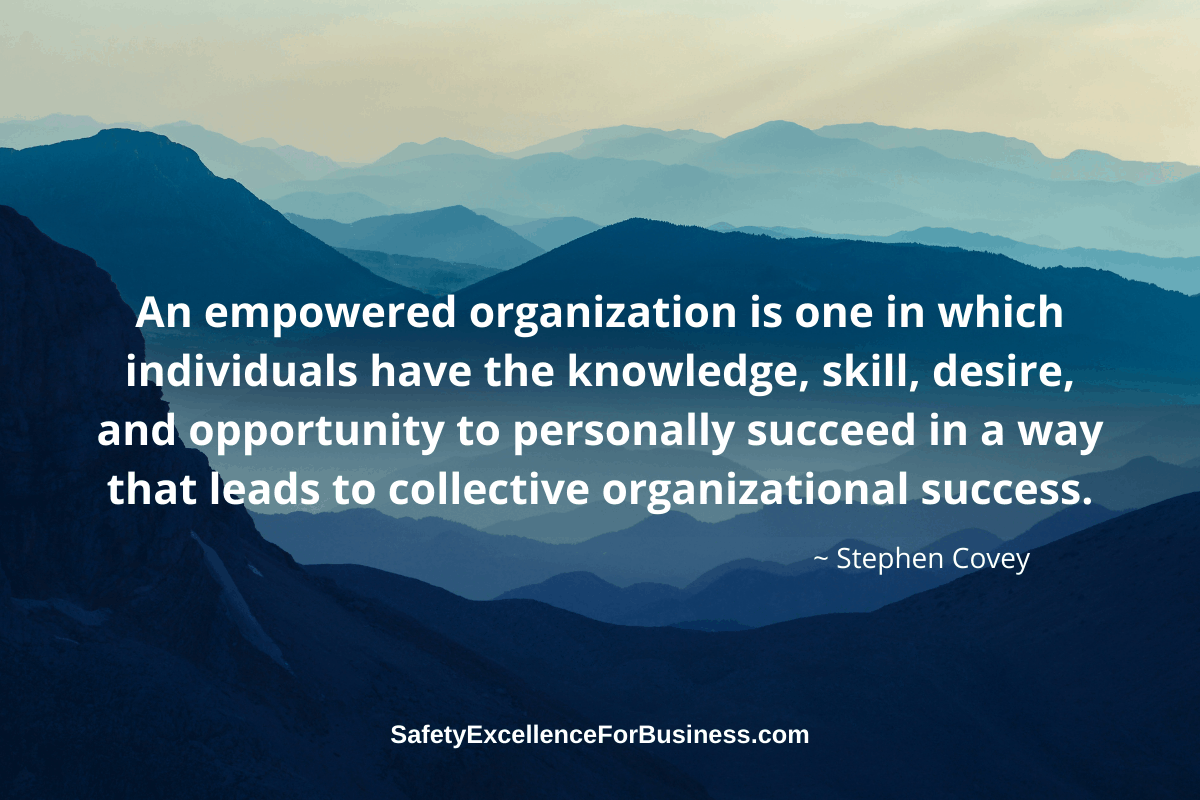Safety at home and while driving is important for everyone.
Keeping the Highway Working People Safe…
We do a lot of driving as we go to see family in various places. The summer season is the big time in most places where the highway upgrades are being made. There is a lot going on and with the Infrastructure Bill having been passed, there is going to be more.
Driving into a construction area is usually a cause for delays and restricted traffic flows. The barrier cones are up and the people are working behind them. Some drivers get impatient, crowding the drivers ahead of them. Some drivers try going up the shoulder to get around things. Others do not move into the single lane until the last moment and then push into the line. These frustrations make it hard for all drivers and draws their attention away from the need to watch out for the people who are working.
With all that is going on, the people who are working must be super careful not to get in the wrong place. It is easy for one of them to accidently step beyond one of the orange cones and get hit. As they are watching for the drivers, they may not see the slow-moving grader or truck that may back over them. Everything is moving and there are lots of people making decisions about how they are driving or working around slow-moving equipment. There is also a lot of things to see as we drive so it is easy to take our eyes off the driving duties and then hit someone.
Each of us, as drivers, need to take personal responsibility for ourselves and control our tempers and anxiousness so that someone does not get hurt or killed.
The people doing the work need to be protected as well as we can in these situations. Each of us, as drivers, have part of the responsibility to help to keep them safe so they can go home to see their families.
Let’s all have a great, safe summer
as we drive to see family and friends.
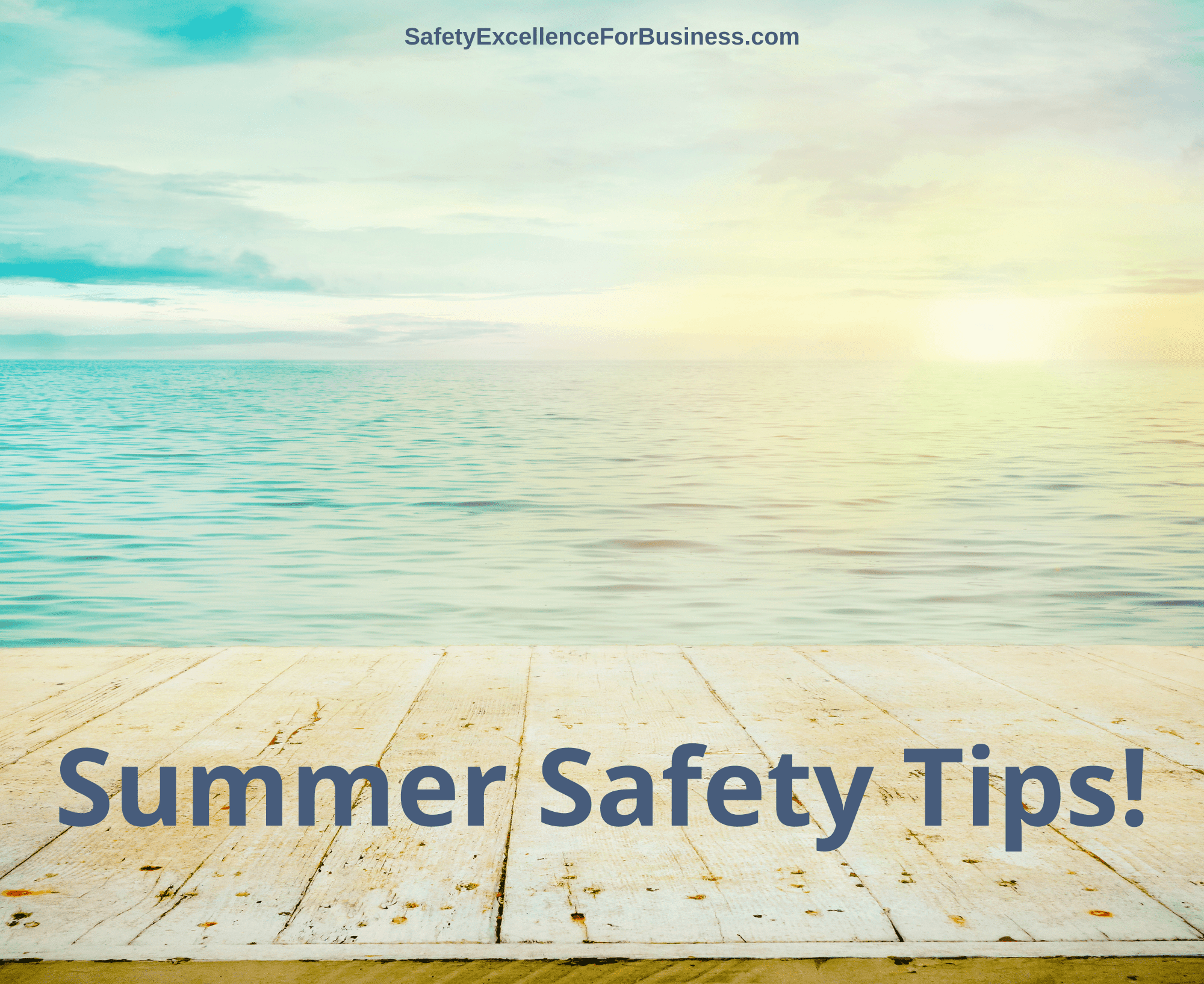
Home Repairs Safety Reminders…
During the summer a lot of us have home repair needs to get done. Perhaps we need to replace a roof, put in new gardens, fix the windows and screens, trim a tree or replace one, paint the house, fix the driveway, etc. These are all accident opportunities, so we need to think about what we are doing and plan for doing the jobs safely. Some of us are not in great shape so we need to avoid over doing things. Sometimes our equipment is in need of repairs or a little maintenance, so we need to be sure the tools are in good shape before we start.
Everyone needs to be sure that the work areas are picked up and free of hazards like toys and electrical extension cords. We need to be sure that the kids are not playing where we could hurt them if something fell or the mower hits a piece of debris and throws it across the lawn.
We also need to wear the right PPE like sturdy shoes, gloves, and safety glasses. In DuPont, when I worked there, we were very safety conscious – encouraging people to work safely at home. It was often said that when you drove around a community, you could tell who the DuPonters were by seeing who was mowing their lawns and wearing sturdy shoes and safety glasses.
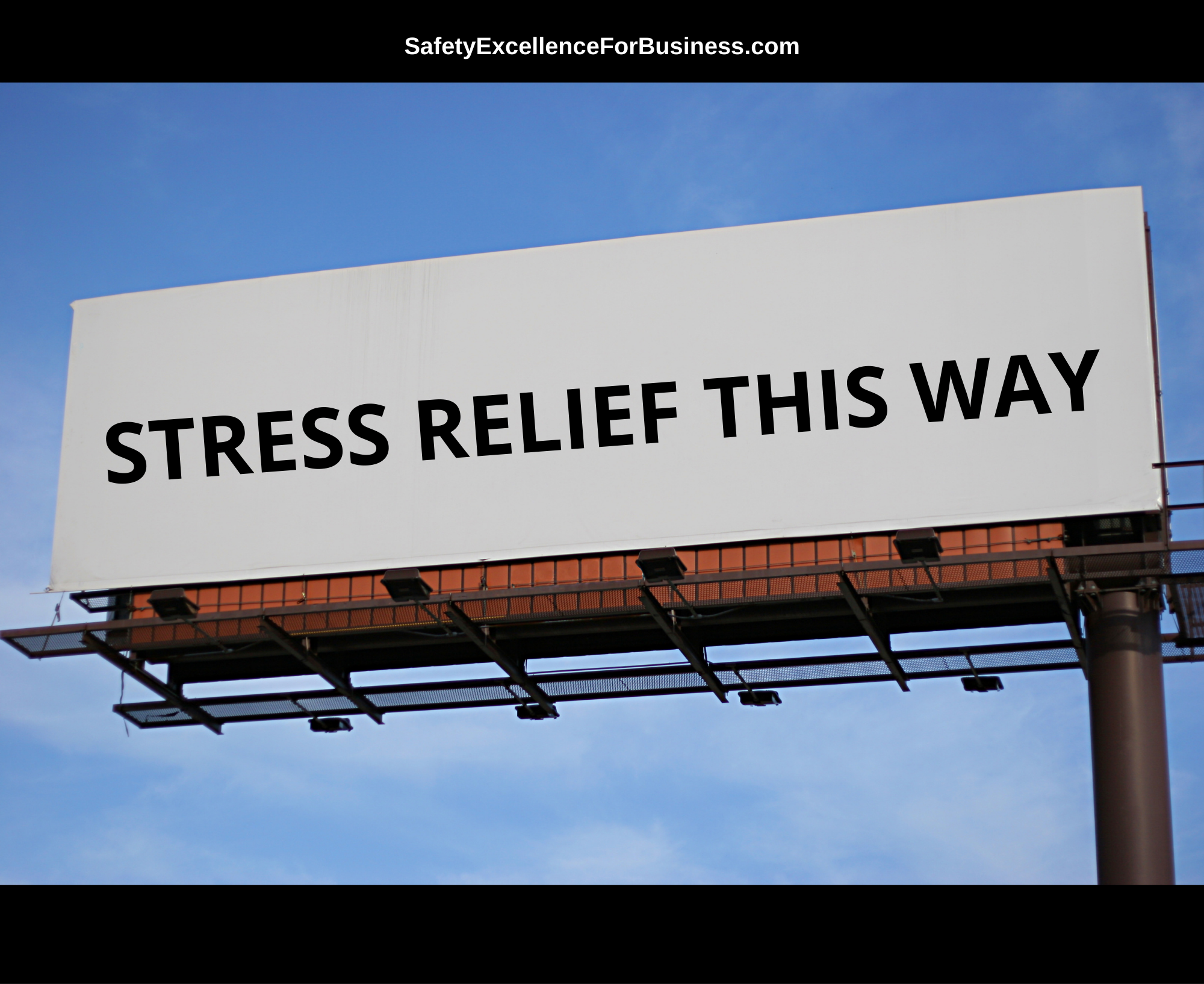
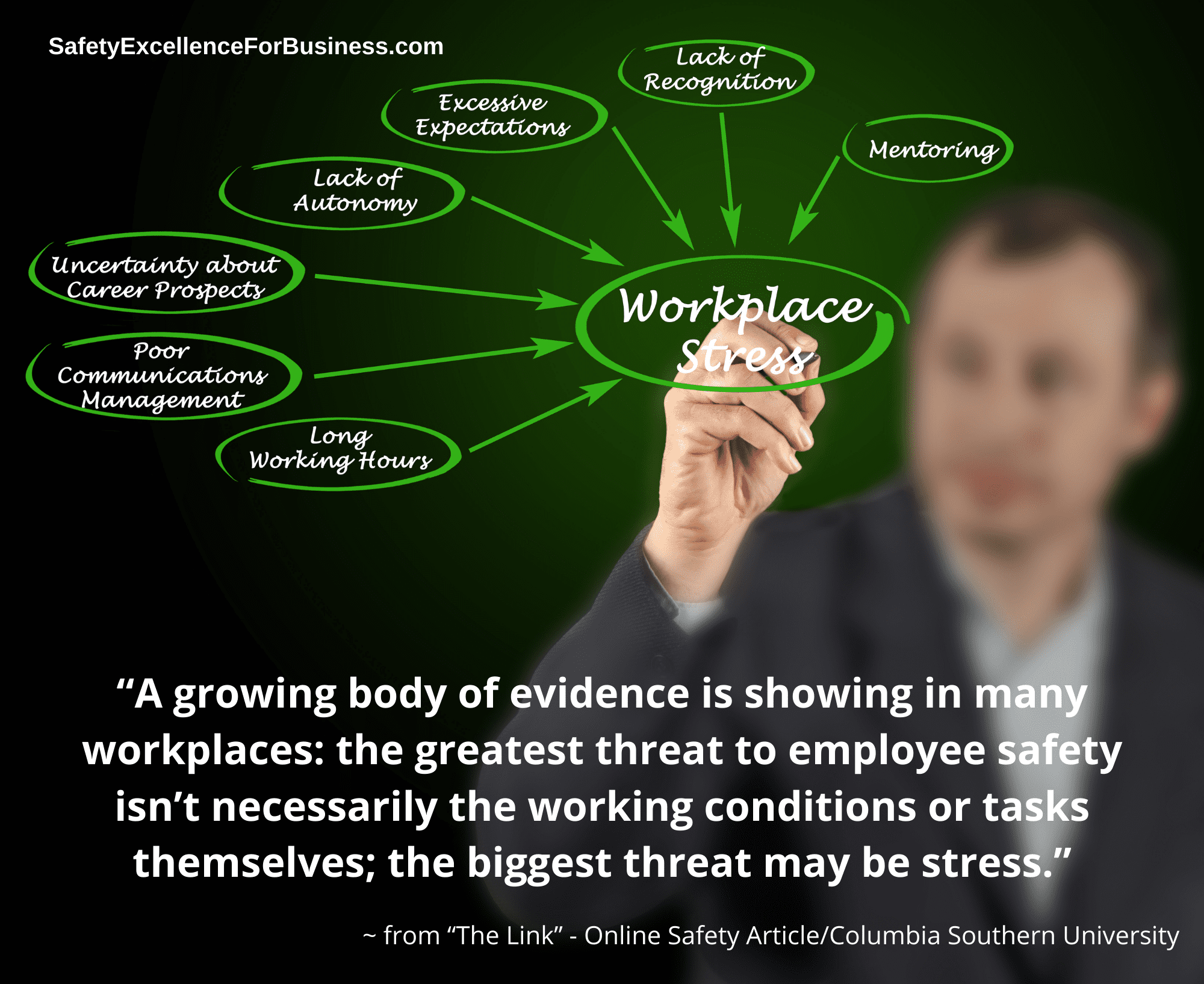
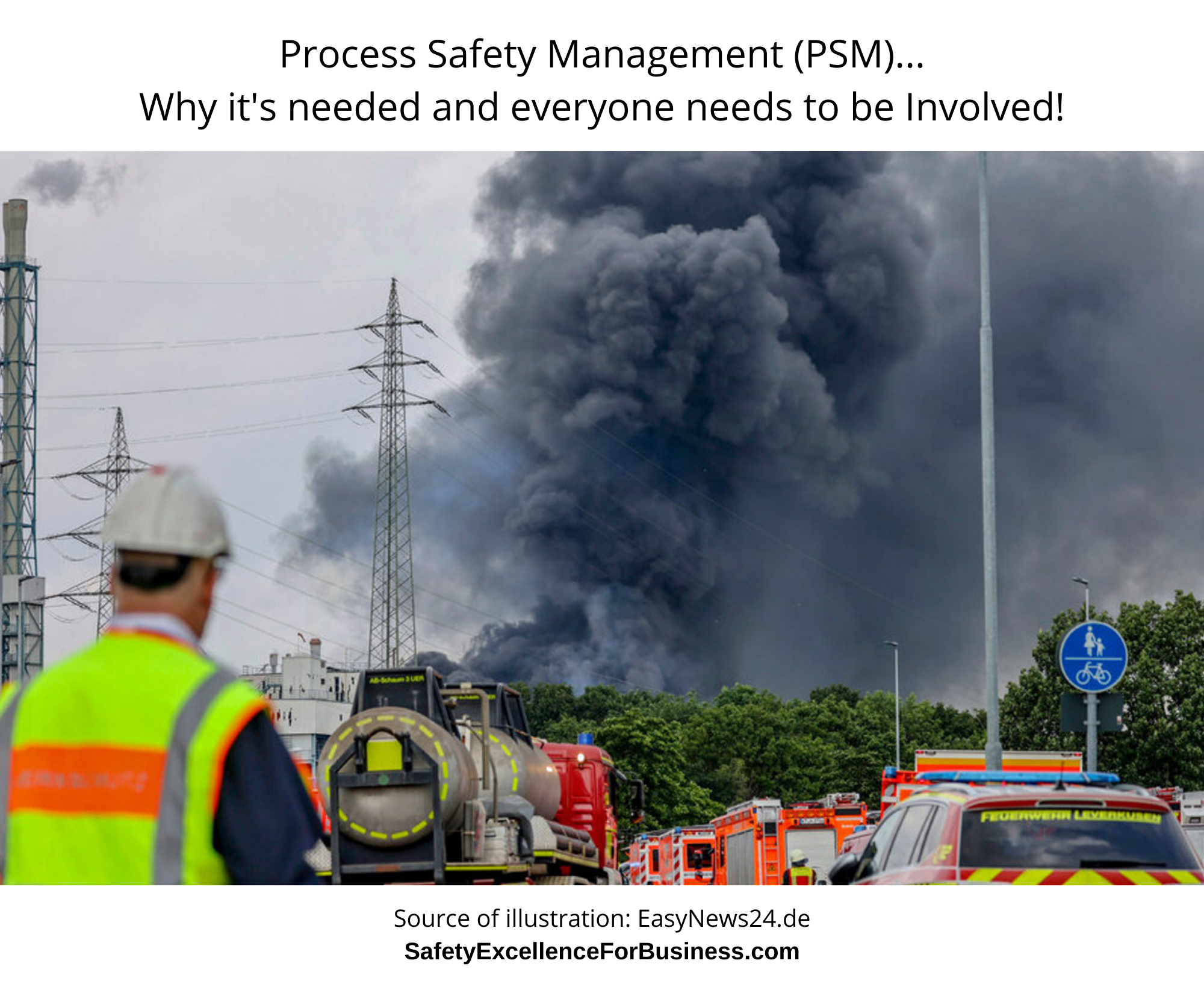
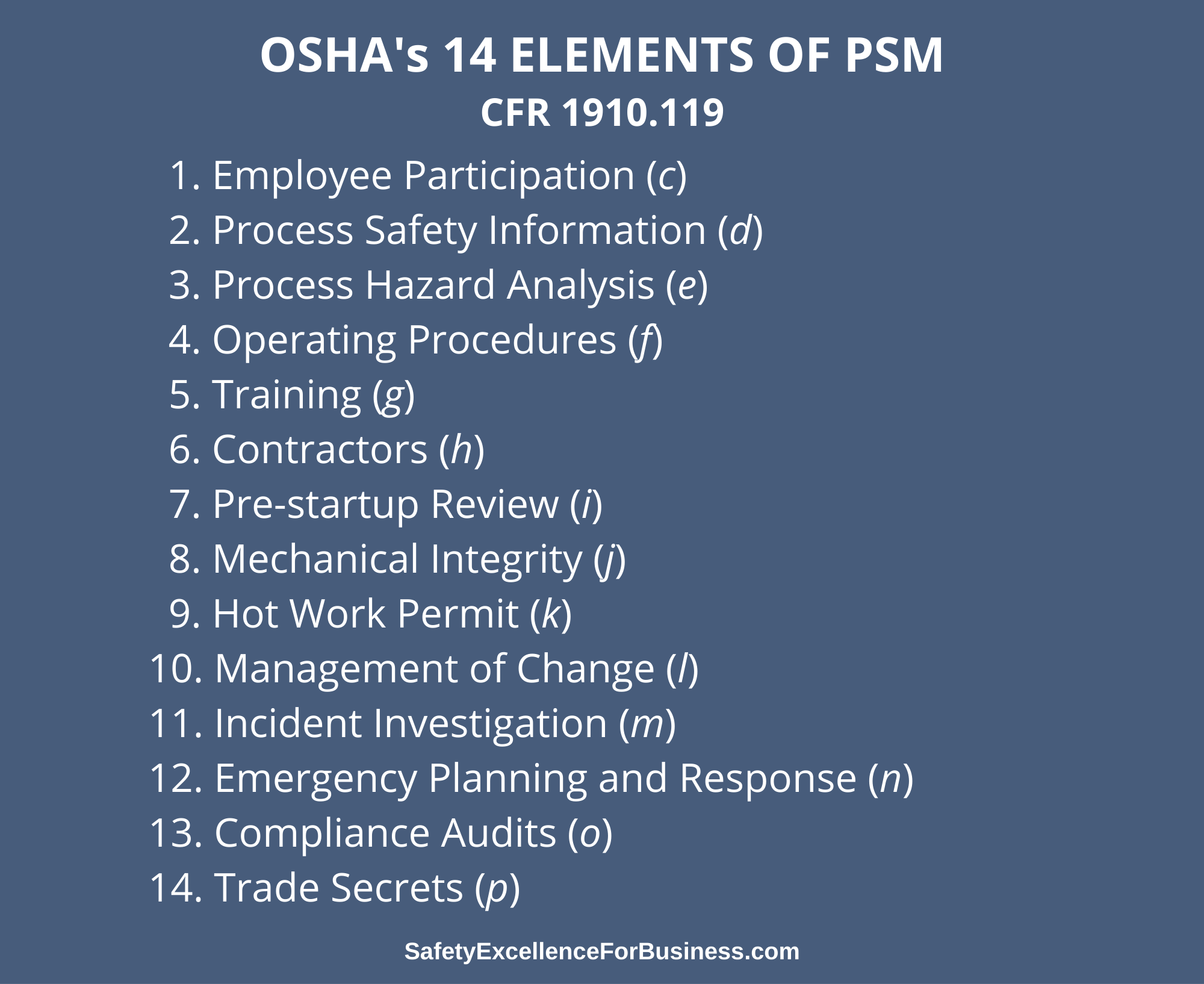

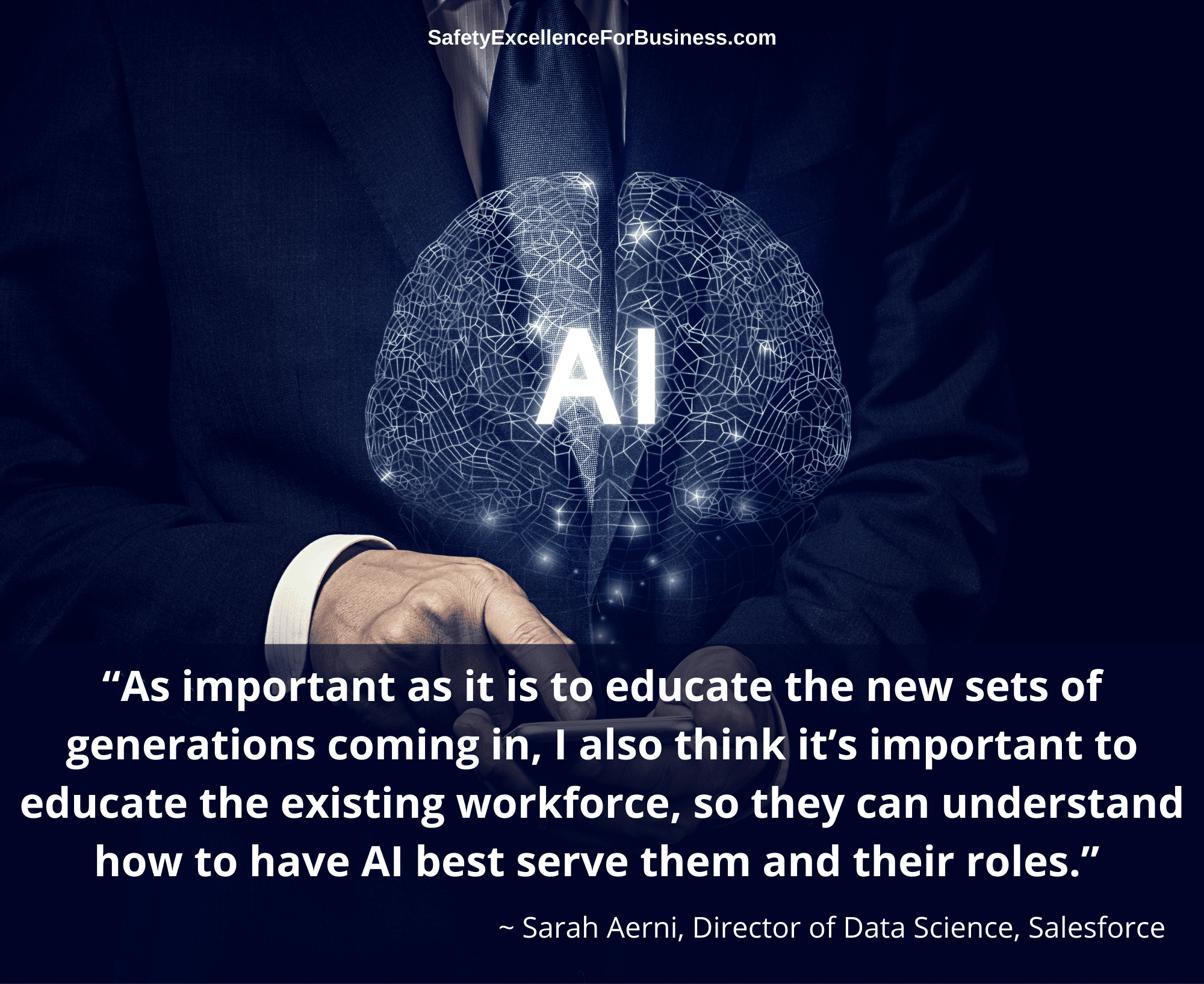

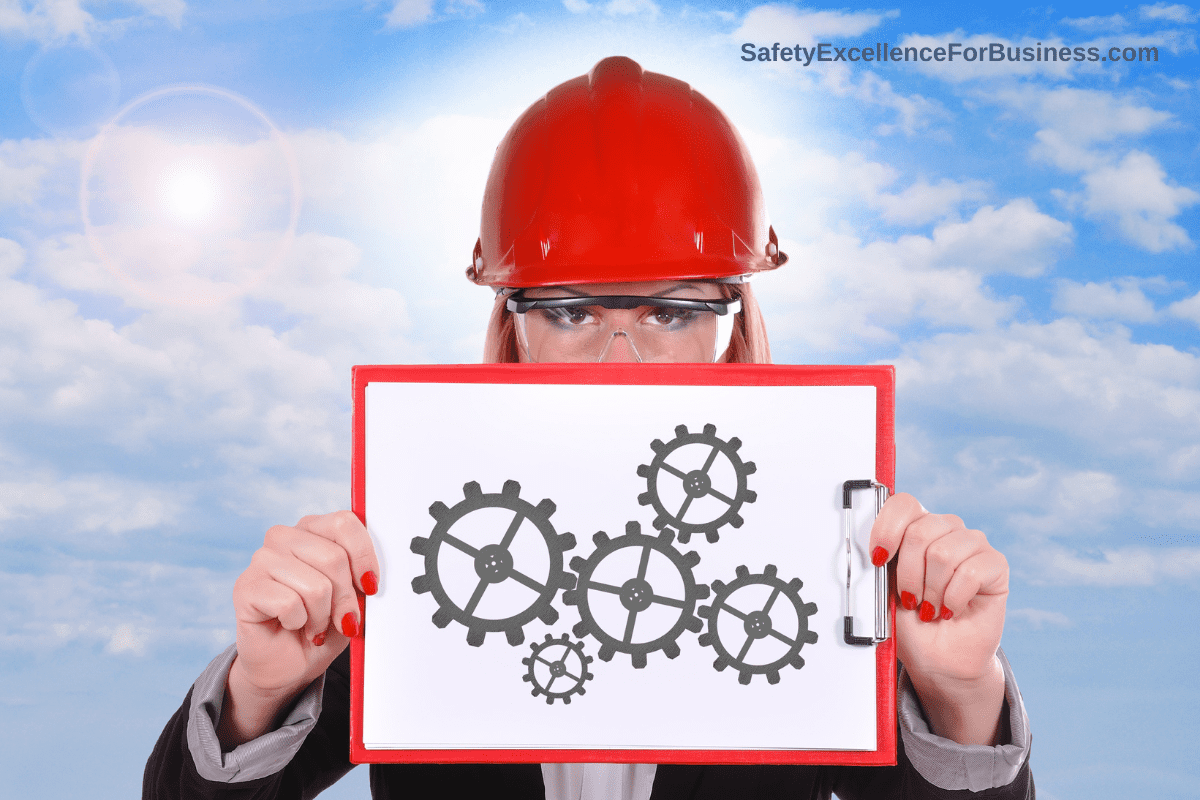


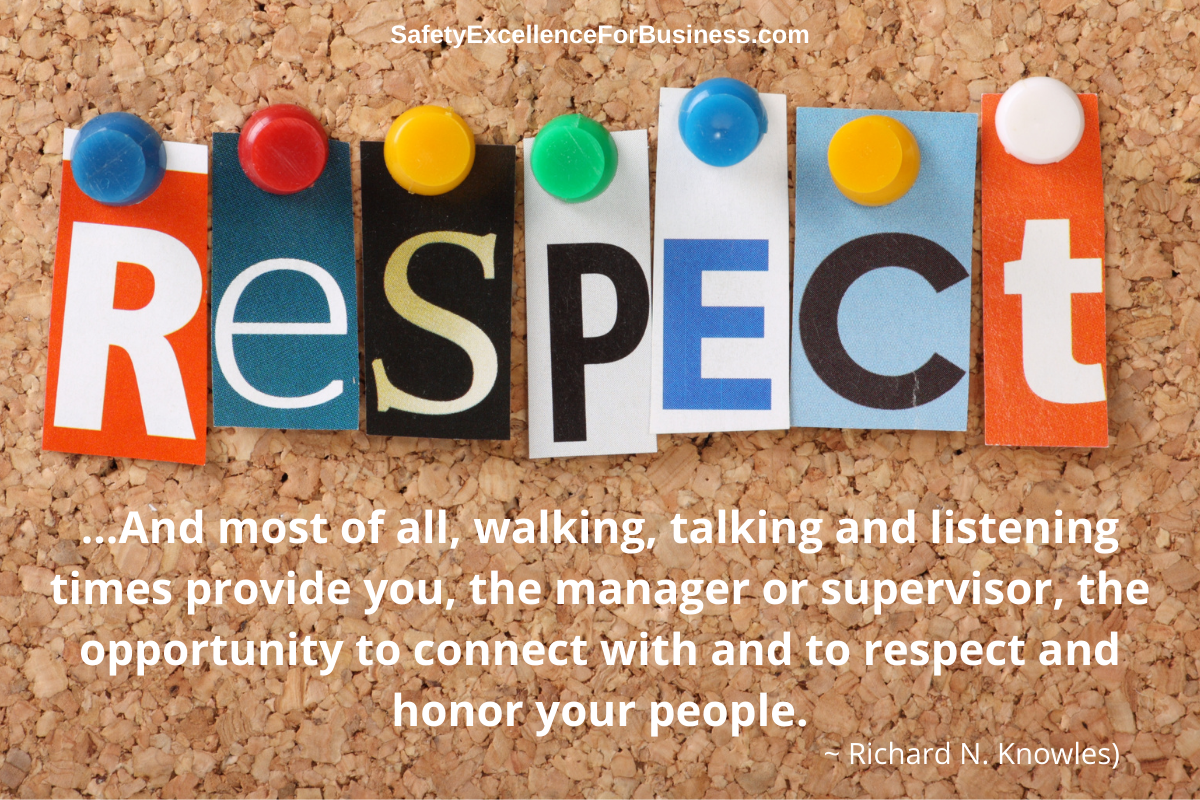
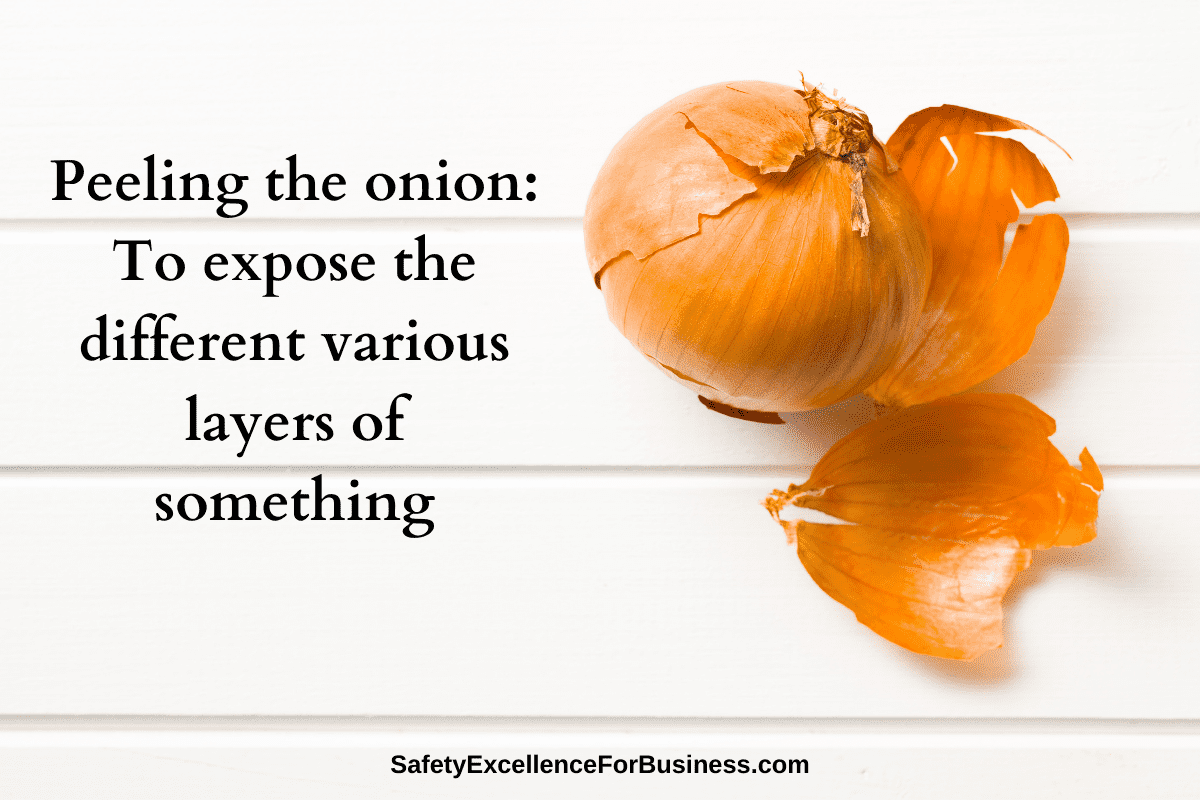
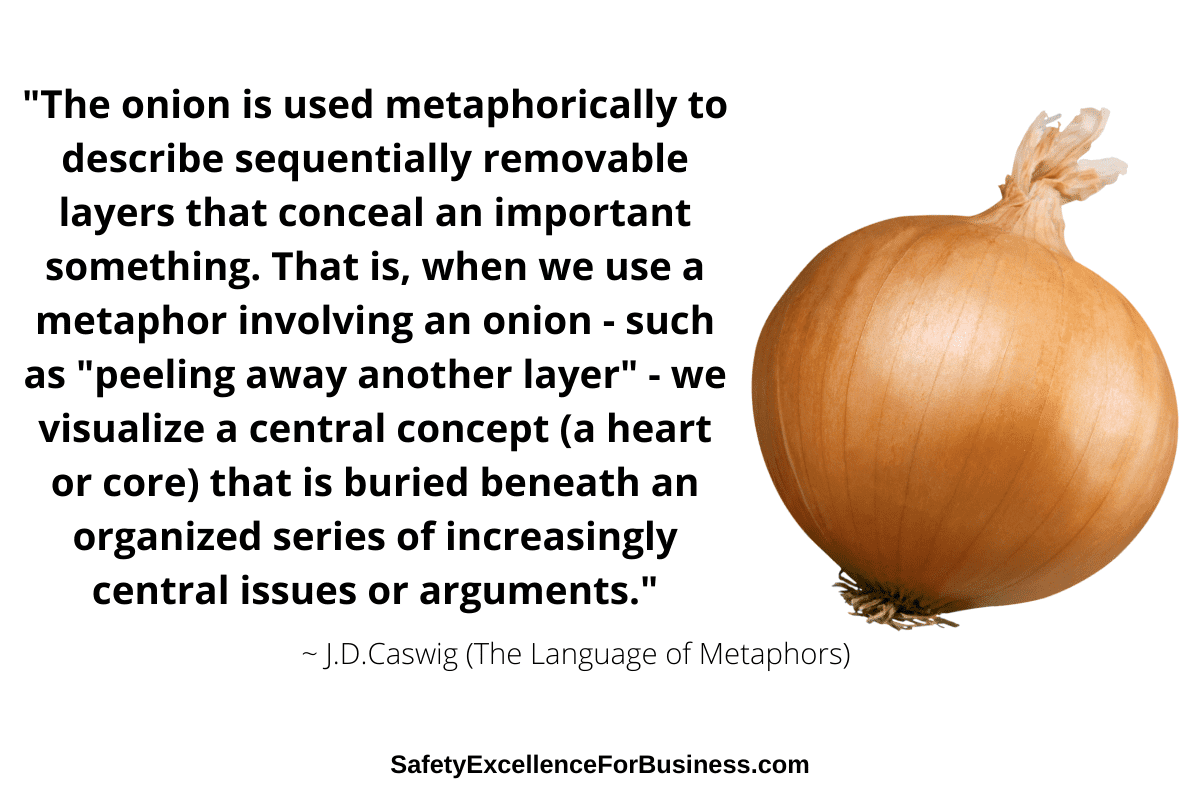
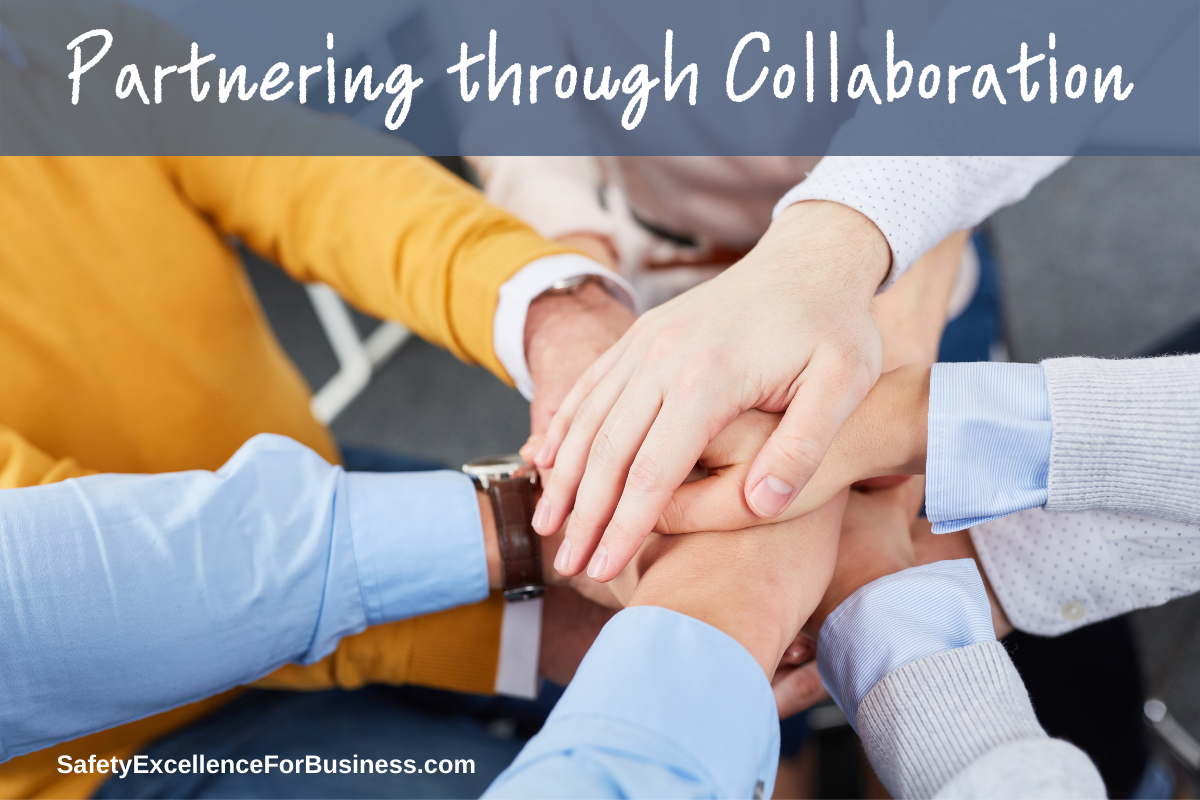
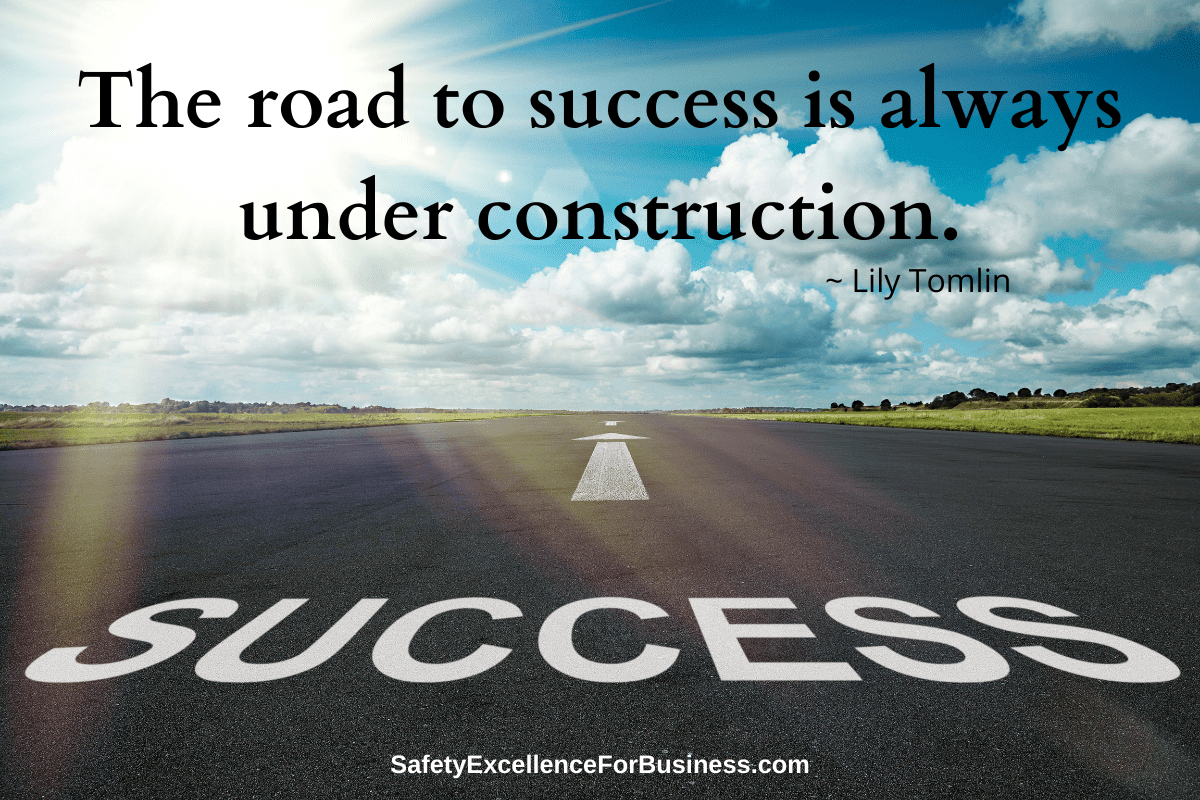 The goal is to get through all this safely, keep your people and business thriving and active, building stronger relationships for partnering and working together. This is a tough challenge, but who knows your workplace and the people better than you. You can work things out together.
The goal is to get through all this safely, keep your people and business thriving and active, building stronger relationships for partnering and working together. This is a tough challenge, but who knows your workplace and the people better than you. You can work things out together.